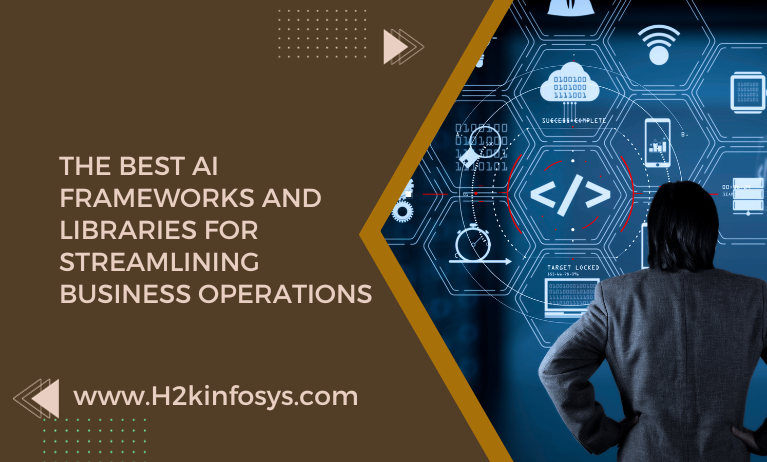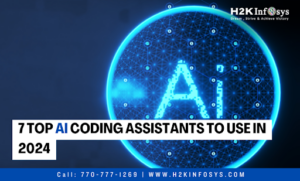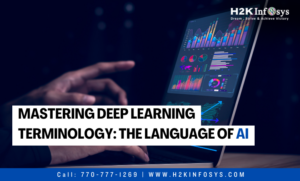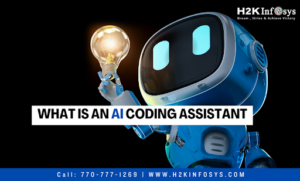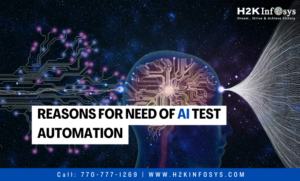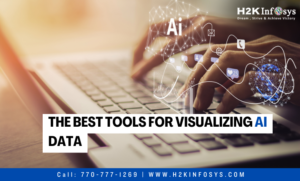Software plays a significant role in the automation of business processes using AI frameworks and libraries. Businesses may automate processes, cut down on manual labour, increase accuracy, save time and money, extract insights from data, and do a lot more by employing software.
Machine learning models are created using well-known AI frameworks like TensorFlow and PyTorch. These frameworks give programmers access to a wide range of tools that make it simple to build and use ML models. The Scikit-Learn, Keras, and Caffe AI libraries are further helpful resources. These libraries offer a collection of APIs that let programmers create apps rapidly without having to start from scratch with their code.
The list of frameworks, AI libraries, and other tools is provided here to aid in your decision-making. Check out the Artificial Intelligence online course to learn more.
1.PyBrain
Python’s open-source ML library is called PyBrain. It is ideal for academics, educators, and developers searching for a lightweight Python-based framework for exploring machine-learning principles since it offers a simple and flexible environment for experimenting with different machine-learning methods.
It supports a variety of machine-learning techniques and is portable and simple to use for experiments. Additionally, PyBrain’s AI library is useful for teaching and quick prototyping.
In contrast to popular libraries, PyBrain has less community support and less documentation, so keep that in mind. Additionally, it can be lacking some sophisticated capabilities present in other frameworks.
2.IBM Watson
IBM offers a number of AI and machine learning services under the IBM Watson brand. Natural language processing, computer vision, and predictive analytics are among the AI-powered applications that provide tools and solutions for developing and deploying.
IBM Cloud integration is simple, allowing for easy deployment. Furthermore, the IBM Watson suite’s powerful AI capabilities are supported by IBM’s experience. Smaller firms looking for full AI solutions and consulting services, however, could be concerned about the cost.
3.Microsoft Cognitive Toolkit (CNTK)
Microsoft created the free and open-source deep learning AI platform known as the Cognitive Toolkit or CNTK. It is renowned for its effectiveness and is appropriate for both research and production deployments, especially on multi-GPU systems.
Due to its excellent efficiency, especially when training big models, it is preferred by many researchers, data scientists, and developers working on deep learning projects that have access to strong hardware. It additionally supports a variety of neural network models, such as feedforward and recurrent networks, and offers a Python API for user-friendliness.
However, you should be aware that Microsoft CNTK could have a higher learning curve than frameworks that are more beginner-friendly.
4.DL4J (Deeplearning4j)
The acronym DL4J, which stands for Deeplearning4j, designates an open-source deep-learning framework created especially for Java and Scala programmers. For the development and deployment of deep neural networks in Java-based applications, it offers a complete collection of tools.
Due to its Java and Scala design, DL4J is appropriate for enterprise-level applications. Scalability is made possible by the framework’s support for distributed computing. The platform has a large selection of pre-processing tools and neural network types. Nevertheless, compared to Python-based frameworks, it has a smaller community.
5.Theano
Theano is an open-source Python AI library for numerical computing. Although it is no longer being actively developed, it was crucial in the early stages of deep learning.
Why so? It had an effective library of symbolic mathematics, to start. Theano was also appropriate for teaching purposes. It may still be utilised by certain ongoing projects, but no longer receives updates or maintenance.
6.MXNet
A deep learning framework that is open-source and well-known for its effectiveness and scalability is MXNet. MXNet is also effective for both research and manufacturing. Although it has industry and community support that is expanding, its community is still less than that of TensorFlow and PyTorch.
7.Caffe
An open-source deep learning framework is called Caffe. In computer vision tasks, it is renowned for being quick and effective while supporting a range of deep learning architectures. Caffe is ideal for deployment on edge devices and is designed for computer vision applications. But you should take into account its constrained adaptability for non-vision duties while making your choice.
8.XGBoost
This gradient-boosting framework is free and well-known for its effectiveness. It is frequently used by data professionals to solve classification and regression problems with structured data.
This AI system is popular in data science contests and excels at jobs using structured data. For tabular data, XGBoost is renowned for its outstanding performance. The framework supports a number of actively developing and well-maintained programming languages. You should be aware, nevertheless, that XGBoost is not designed for deep-learning tasks.
9.Keras
On top of TensorFlow or other frameworks, Keras is an open-source high-level neural network API. It makes using deep learning models easier by being user-friendly and simple to learn. It’s also perfect for quick prototyping. Only keep in mind that Keras can be lacking some sophisticated features for difficult assignments.
10.Scikit-Learn
A Python library for machine learning is called Scikit-Learn. It is an open-source, user-friendly application with data mining and machine learning features as well as extensive training and documentation. While Scikit-Learn excels at smaller projects and rapid model prototyping, deep learning jobs may not be the ideal fit for Scikit-Learn.
11.Torch
Researchers like the open-source machine learning framework Torch because of its dynamic computational graph. The framework is great for experimenting and prototyping. Additionally, it is strengthened by a growing community that uses the library to build tools like PyTorch.
Torch is open to researchers and developers who place a high value on flexibility and experimentation, but keep in mind that it might not be as well suited to production deployments as TensorFlow.
12.TensorFlow
Google created the open-source deep learning framework known as TensorFlow. It is well known for being adaptable and scalable, making it appropriate for a wide range of AI applications. This framework has a sizable and vibrant community, and it comes with a wealth of tutorials and documentation.
It also permits deployment across a number of platforms. TensorFlow’s learning curve, however, might be challenging for beginners.
Conclusion
Selecting the appropriate AI framework or library is essential for your professional development and the success of your projects as a junior data practitioner. While there isn’t a one-size-fits-all approach, take into account the specifications of your project, your experience with the framework, and the community resources available.
The bottom line is that both TensorFlow and PyTorch are great options for deep learning projects, with TensorFlow stressing scalability and PyTorch focusing on flexibility. While Keras offers a user-friendly entry point to deep learning, Scikit-Learn is the go-to solution for conventional machine learning workloads. While Caffe is a top choice for computer vision tasks and MXNet delivers efficiency and scalability, XGBoost excels at structured data problems. Keep in mind that even though Theano is no longer being actively developed, it still has a place in some educational settings.
The AI framework or library that best serves your needs and advances your objectives as a junior data practitioner will ultimately be that one. So get your hands dirty, explore the realm of AI, and begin creating smarter software using the appropriate resources. To learn more, check out the online Artificial Intelligence training.
